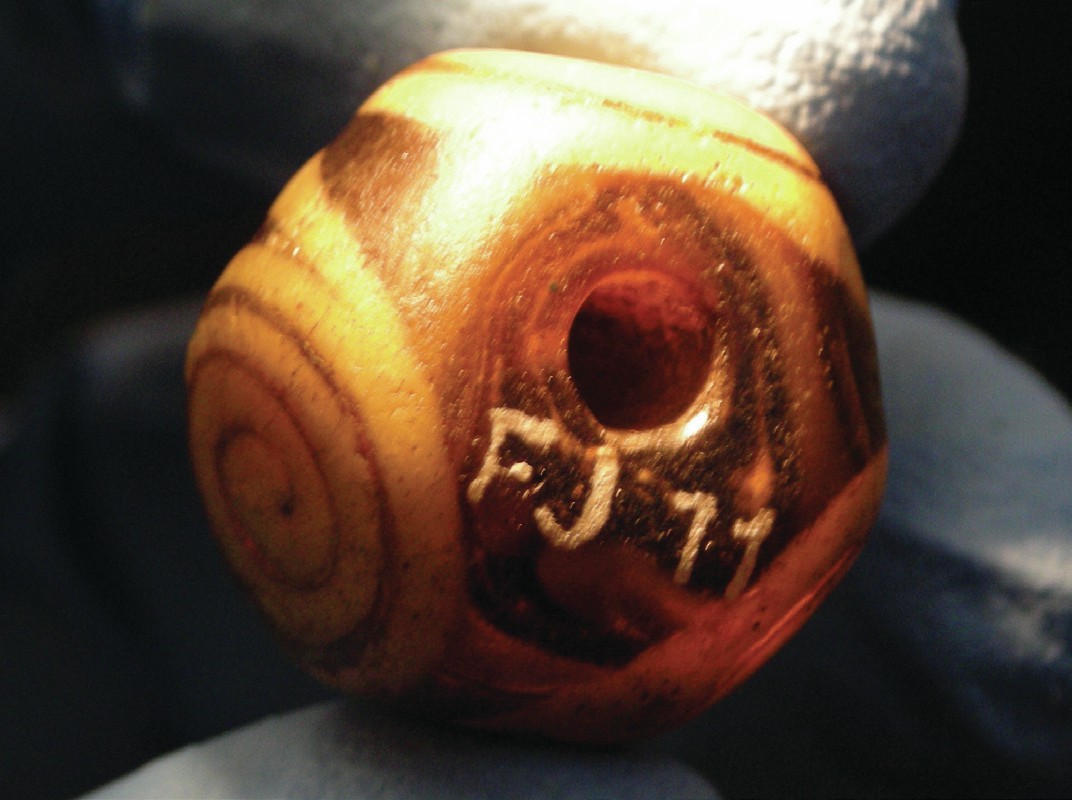
The terms in bold link to topics in the AQA, Edexcel, OCR, WJEC and CCEA A-level specifications, as well as the Highers/Advanced Highers exam specifications.
A collection of beautiful glass beads has been discovered in Scotland. Their origins are a mystery, but analytical chemistry, including techniques such as mass spectrometry, can shed light on their composition, which in turn provides clues as to how and where they were made. The glass consists of oxides of various elements, combined with pigments and crystals to produce colours and effects. It seems that the evidence points to an ancient form of glass recycling between the Romans and Iron Age Caledonians.
Your organisation does not have access to this article.
Sign up today to give your students the edge they need to achieve their best grades with subject expertise
Subscribe




